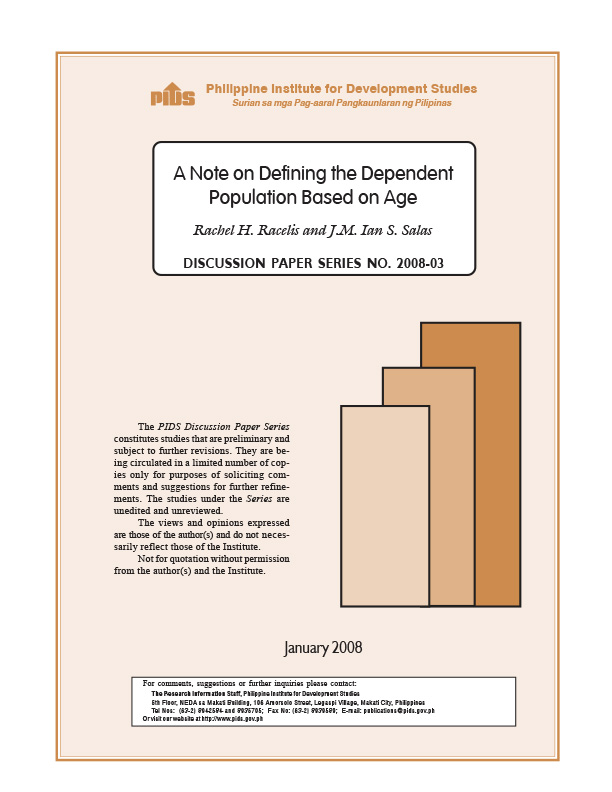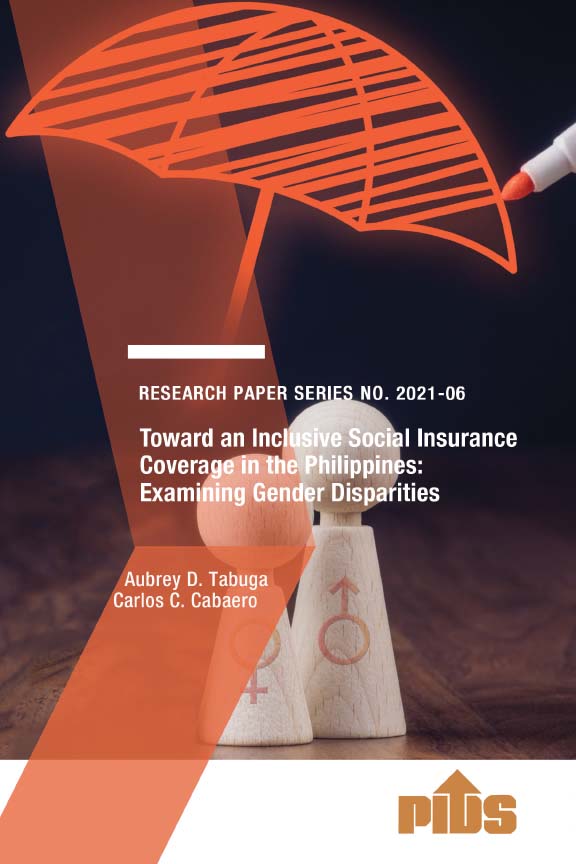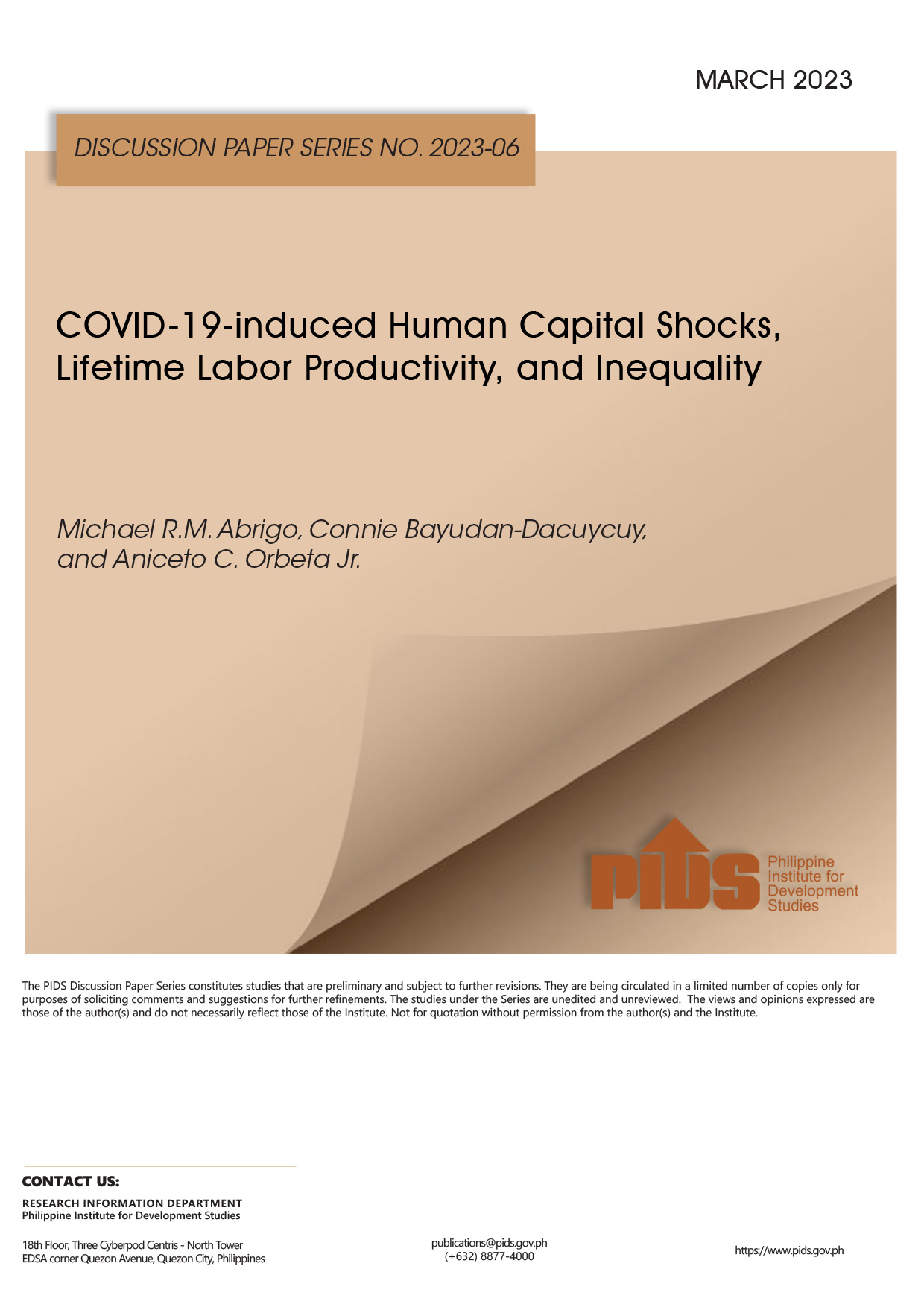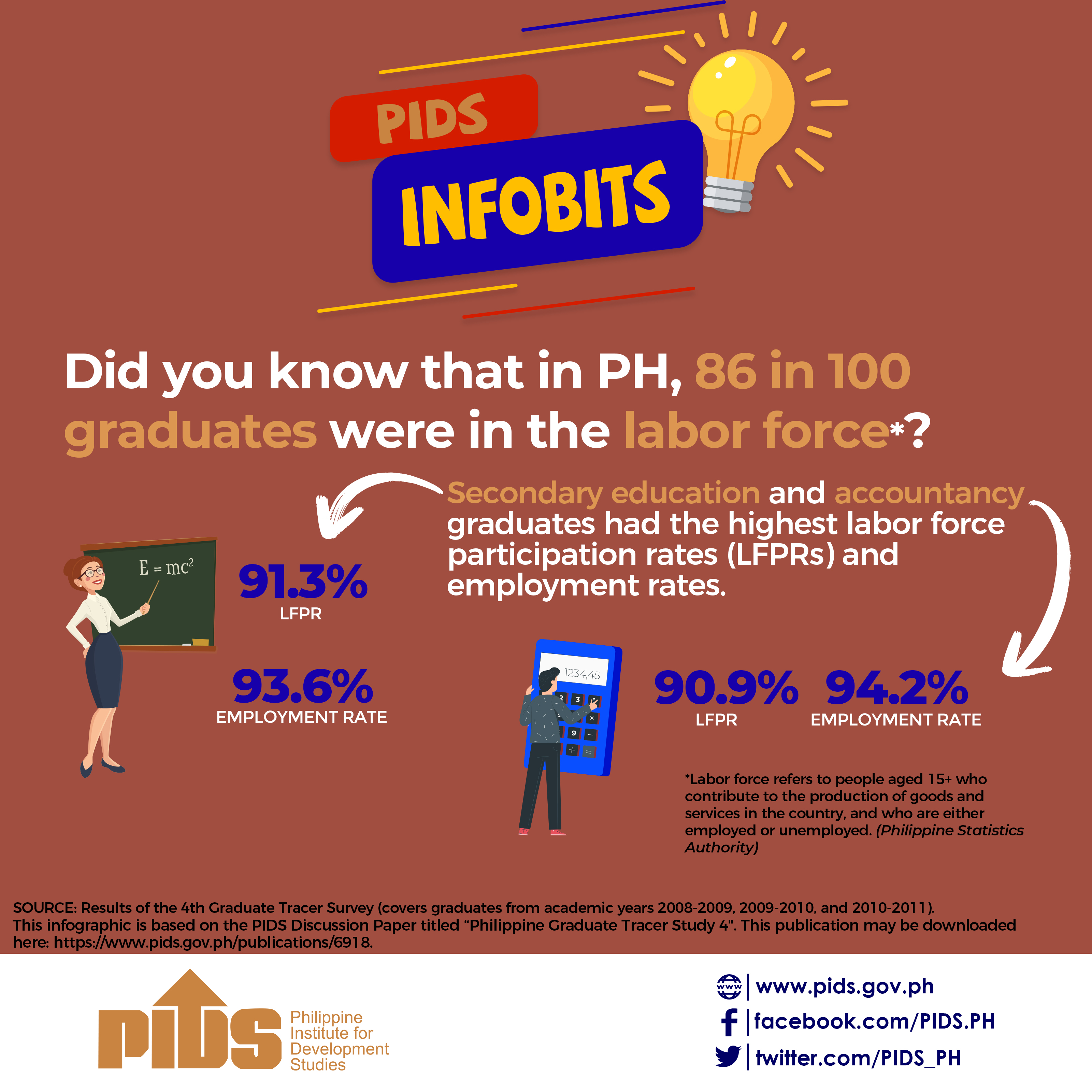Dependent population is defined as that part of the population that does not work and relies on others for the goods and services they consume. In practice, specific population age groups have in their entirety been categorized as dependent population, even while the definition may not necessarily apply to every individual in the population with the indicated ages. In general those categorized as dependents include the children and the elderly. The rest of the population constitutes the working age population. The delineation of any boundary for children and for working ages varies across countries and studies, has tended to be discretionary, and thus appears arbitrary. This paper shows that the dependent population(s) defined, based on a given set of age cut-offs, are generally heterogeneous in terms of personal attributes particularly in terms of indicators of dependency or nondependency. Thus, the population defined by any given age boundaries may satisfy some indicators of dependency but not others. That is, the age boundary delineated using one dependency indicator, as reference, could be found unsatisfactory when assessed based on a different indicator. Those considering the use of any defined set of age boundaries to identify the dependent populations, whether for research or for the implementation of support programs, should first assess the appropriateness of the boundaries for the intended use. Identifying the dependency indicators relevant to the intended use would facilitate the assessment.












